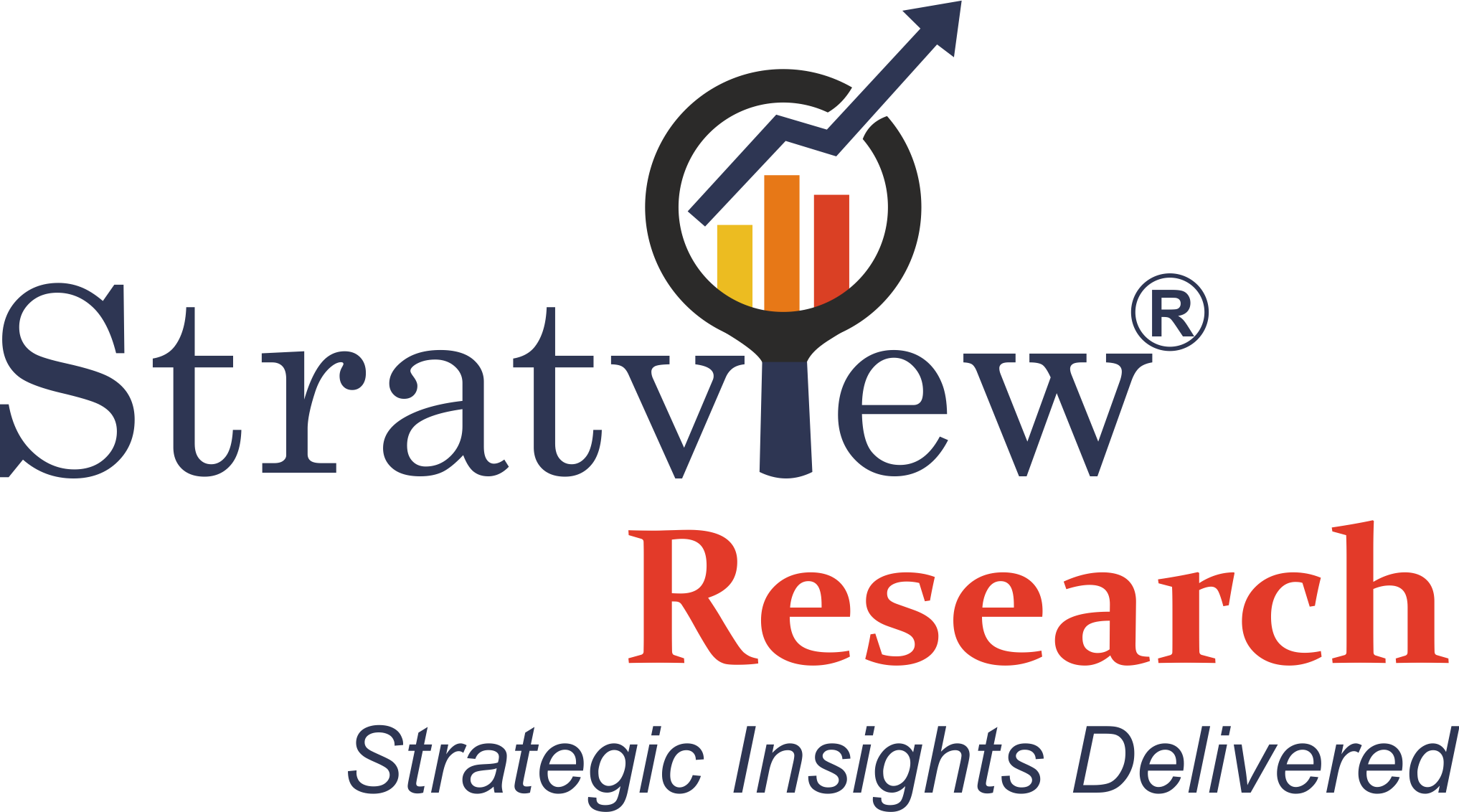In-Vehicle Computer System Market: The Digital Backbone of Modern Transportation

Today’s vehicles are no longer just mechanical machines — they are data-driven platforms equipped to process, analyze, and respond in real time. At the heart of this transformation lies the in-vehicle computer system, a high-performance computing hub enabling everything from navigation and entertainment to safety and autonomous driving capabilities. According to Stratview Research, the in-vehicle computer system market size was valued at US$ 784 million in 2024 and is likely to grow at a robust CAGR of 11.5% to reach US$ 1.9 billion by 2032.
Stratview Research reports that the In-Vehicle Computer System Market is accelerating, powered by the convergence of automotive technology, IoT, and artificial intelligence.
From Simple Controls to Smart Command Centers
Once limited to controlling basic functions, in-vehicle computers now act as mission-critical systems that:
- Manage advanced driver-assistance systems (ADAS) for collision avoidance and lane-keeping.
- Enable real-time fleet tracking and logistics optimization.
- Support rich infotainment and passenger connectivity.
- Facilitate V2X communication for safer, smarter traffic flow.
This shift is turning cars, buses, and trucks into intelligent, connected ecosystems on wheels.
Key Market Drivers
According to Stratview Research, growth is being fueled by:
- Rising demand for autonomous and semi-autonomous vehicles.
- Government safety mandates requiring integrated computing for monitoring and control.
- Fleet operators adopting data analytics to boost efficiency and reduce downtime.
- Electric mobility requiring sophisticated energy and range management systems.
- 5G network expansion enabling high-speed, low-latency data exchange.
To get a free sample, click here: https://www.stratviewresearch.com/Request-Sample/4429/in-vehicle-computer-system-market.html#form
Emerging Technologies
The sector is evolving rapidly with:
- AI-powered predictive analytics for maintenance and driver safety.
- Edge computing to process critical data locally within milliseconds.
- Ruggedized and fanless designs for extreme environments.
- Cloud integration and OTA updates for continuous improvement.
Regional Outlook
- North America leads adoption due to robust R&D in autonomous mobility.
- Asia-Pacific shows the fastest growth, fueled by smart city and connected vehicle projects.
- Europe focuses on sustainable and connected transport, integrating computing into EVs and public transit.
Competitive Landscape
Major players shaping the market include:
- Bosch, Continental AG, Harman International – Leaders in automotive-grade computing solutions.
- Axiomtek, Lanner Electronics, Sierra Wireless – Specialists in rugged in-vehicle platforms.
- NVIDIA, Qualcomm, Intel – Driving advancements in AI-enabled automotive processors.
Future Outlook
Stratview Research projects robust growth as in-vehicle computing becomes indispensable for autonomous driving, real-time logistics, and connected mobility ecosystems. The next phase will see deeper integration of:
- Cybersecurity solutions to protect vehicle data.
- AI co-pilots for enhanced driver decision-making.
- Unified mobility platforms connecting private, public, and commercial transport.
In the race toward intelligent transportation, the in-vehicle computer system will remain the digital backbone powering the future of mobility.
- Questions and Answers
- Opinion
- Motivational and Inspiring Story
- Technology
- Live and Let live
- Focus
- Geopolitics
- Military-Arms/Equipment
- Beveiliging
- Economy
- Beasts of Nations
- Machine Tools-The “Mother Industry”
- Art
- Causes
- Crafts
- Dance
- Drinks
- Film/Movie
- Fitness
- Food
- Spellen
- Gardening
- Health
- Home
- Literature
- Music
- Networking
- Other
- Party
- Religion
- Shopping
- Sports
- Theater
- Health and Wellness
- News
- Culture

